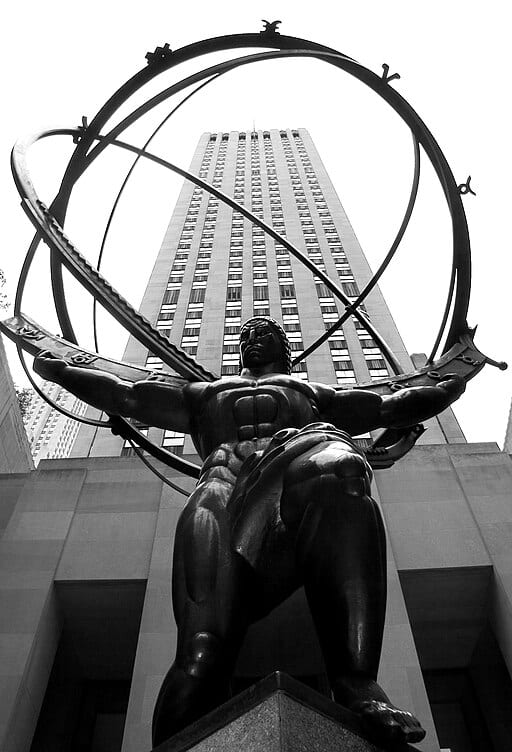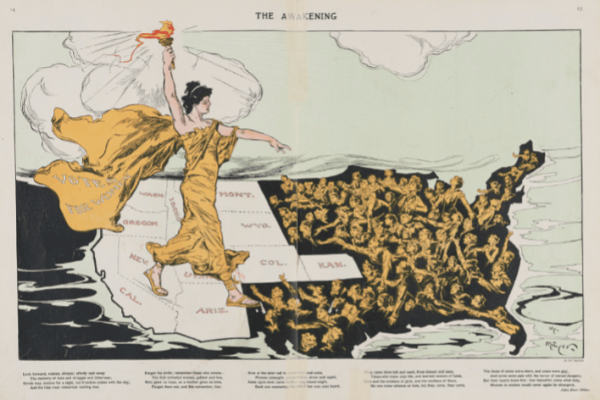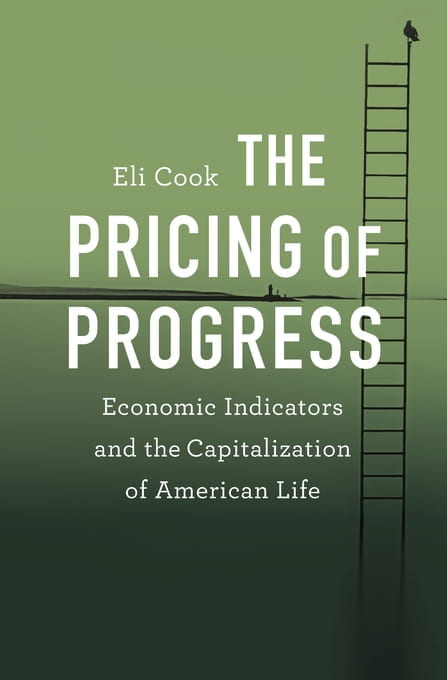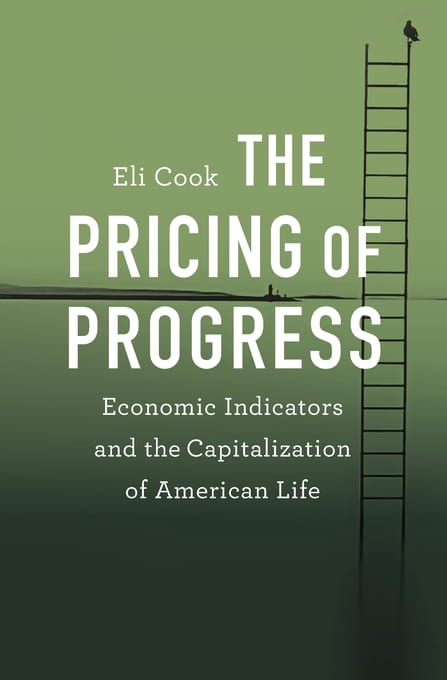Tag United States
By guest contributor Morgan L. Green Mid-twentieth-century anthropology was in crisis. Already influenced by World War II, anthropologists in the 1960s encountered a variety of dramatic changes. The scientific method and the pressure to be “objective” dominated as institutions like the National… Continue Reading →
Our editor Disha Karnad Jani interviews Prof. Eli Cook, winner of the Journal of the History of Ideas‘s Morris D. Forkosch Prize for The Pricing of Progress: Economic Indicators and the Capitalization of American Life (Harvard University Press, 2017). [soundcloud url=”https://api.soundcloud.com/tracks/599398815″ params=”color=#88642c&auto_play=true&hide_related=false&show_comments=true&show_user=true&show_reposts=false&show_teaser=true” width=”100%”… Continue Reading →
Every year, the Journal of the History of Ideas awards the Morris D. Forkosch Prize for the best first book in intellectual history. The winner of the 2017 Forkosch Prize has been is Eli Cook, for The Pricing of Progress: Economic Indicators and… Continue Reading →
By guest contributor JT Jamieson A braggadocio writing in The New-England Magazine in 1832 asked his Northern audience, “Is it possible that no one in these parts has seen a Gopher? I have seen a thousand; and some other animals,… Continue Reading →
By guest contributor Albert Hawks, Jr. In June 1938, editor Jack Leibowitz found himself in a time crunch. Needing to get something to the presses, Leibowitz approved a recent submission for a one-off round of prints. The next morning, Action… Continue Reading →
By guest contributor Katlyn Marie Carter We often use metaphors and analogies to talk about politics. The legislative process, you may have heard, is akin to sausage being made. Such metaphors stand to tell us a lot about how we… Continue Reading →
Interview conducted by editor Derek O’Leary Jeroen Dewulf is the Queen Beatrix Professor in Dutch Studies and an Associate Professor of German Studies at UC Berkeley, where he also directs the Institute of European Studies. His new book, The Pinkster… Continue Reading →
By guest contributor Emily Yankowitz On December 30, 1806, on the inner cover of his first attempt at writing a historical work, the New Hampshire statesman William Plumer wrote, “An historian, like a witness, is bound to relate the truth,… Continue Reading →






